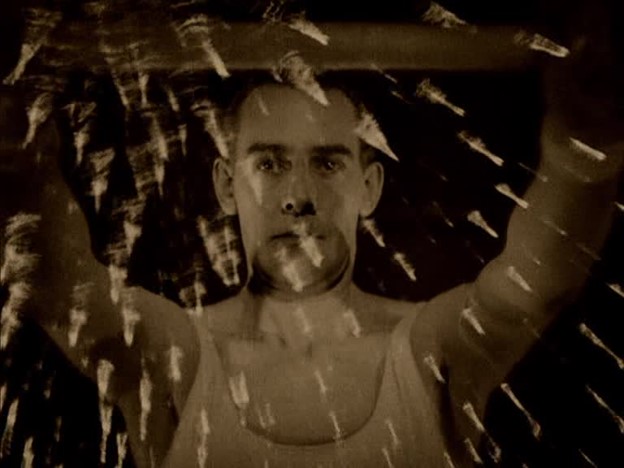Napoleon (1927)

Abel Gance's "Napoleon" In 1927, Abel Gance released his most ambitious project yet. It's scale and filmmaking range were as epic and grand as its subject matter. The film, " Napoleon ," centers on the Napoleon Bonaparte, the famous French military commander and emperor. The film was originally planned as being the first film in a series of six films dedicated to the titular French hero. However, because the costs of making the first film were so enormous, Gance realized that he could not accomplish his full, grand vision. Because the film is the first of a planned six films, it only centers on a portion of Napoleon's life. It begins with Napoleon as a child in military school. His obvious military-like strategies during a snowball fight foreshadow who he will become. When he becomes a young army lieutenant, he witnesses the French Revolution and remarks on the unnecessary bloodshed. He flees the chaos and makes his way back to his home island of Corsi...









